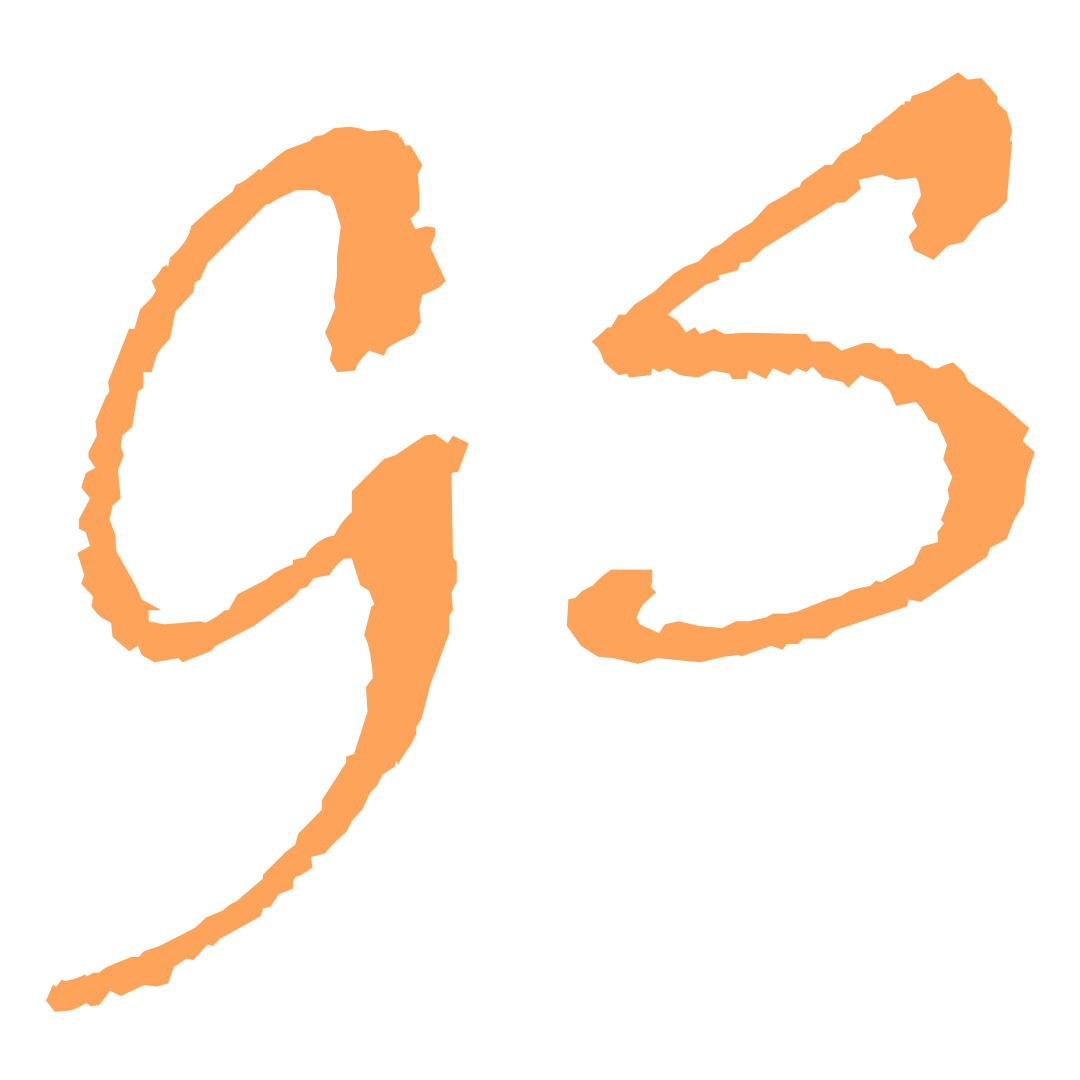History of the Edo Era
The Japanese art of ukiyo-e developed in the city of Edo (now Tokyo) during the Tokugawa or Edo era (1615-1868). These two names refer to the relatively peaceful 250 years during which the Tokugawa shoguns ruled Japan and made Edo the shogunal seat of power.
The social hierarchy of the day, officially established by shogun rulers, placed the merchants, the wealthiest segment of the population, at the lower end of the scale. With their political power effectively removed, the merchant class turned to art and culture as arenas in which they could participate on an equal basis with the elite upper classes (warriors, farmers, and artisans). It was the collaboration among the merchants, artists, publishers, and townspeople of Edo that gave ukiyo-e its unique voice. In turn, ukiyo-e provided these groups with a means of attaining cultural status outside the sanctioned realms of shogunate, temple, and court.
In this exhibition you will find a selection of original Japanese woodcuts from the Edo era by famous artists of this era, such as Utamaro, Hokusai, Eizan, Eisen and works by members of the Utagawa School such as Toyokuni I, Toyokuni III Kunisada, Hiroshige, Kunisada II, Kunichika, Kuniyoshi.
The Utagawa school was one of the main schools of ukiyo-e prints, founded by Utagawa Toyoharu in late 1760s. It was the largest ukiyo-e school of the era. The main styles were bijin-ga (beautiful women) and uki-e (perspective picture). His principal pupil, Toyokuni I, took over after Toyoharu’s death and led the group to become the most famous and powerful woodblock print school for the remainder of the 19th century.
Hiroshige, Kunisada, Kuniyoshi and Yoshitoshi were Utagawa students. The school became so successful and well known that today more than half of all surviving ukiyo-e prints have been created by students of this school.
Founder Toyoharu adopted Western-style deep perspective, an innovation in Japanese art. His immediate followers, Utagawa Toyohiro and Toyokuni adopted bolder, more sensuous styles than Toyoharu and specialized in different genres — Toyohiro in landscapes and Toyokuni in kabuki actor prints. Later artists in the school specialized in other genres, such as warrior prints and mythical stories.
